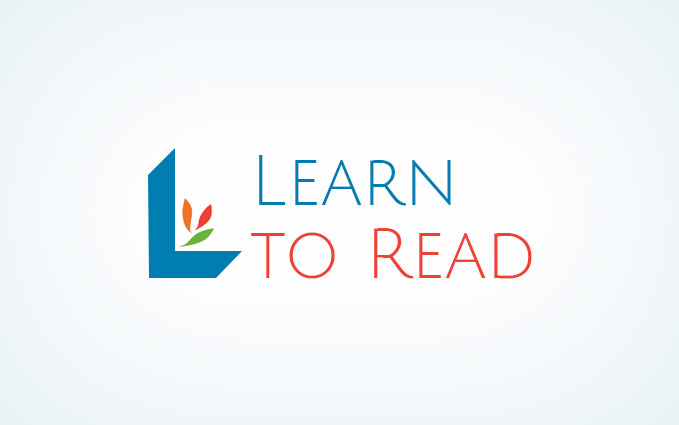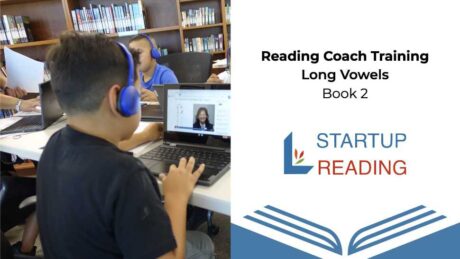this is short course for testing
Course Curriculum
| Page 3, Long and Short Vowel Words, B5, 3.01.1 | 00:07:00 | ||
| In this lesson, we address the most challenging part in learning to read English which is to identify the sounds made by the primary vowels in a word: A, E, I, O, U. For any word or syllable, a vowel has a minimum of two possible sounds: a long sound and a short sound. The lessons on the vowels will use the standard diacritical marks: for long vowels the mark is called a macron; and for short vowels, the mark is called a breve. This term is far too difficult for young students to grasp and use effectively. We use the term accent mark to represent the long vowel symbol. The concept of a go-to reading strategy is emphasized throughout the Startup Reading program as the essential step in reading words. The go-to strategy for identifying a vowel sound in a word is called the reading code. In this lesson, students are introduced to the reading code. The reading code is a logical way to identify the sound of the vowel in a word and sets the foundation for students to become effective readers. | |||
| short quiz | 16:40:00 | ||
| Page 18, The Long Vowel in words with “ay”and “ai” – B6, 2.01.1 | 00:14:00 | ||
| Column 1: In this lesson, students will practice the vowel team “ay” which makes the long vowel /a/ sound at the end of a word or syllable. Column 2: In this lesson, students will practice the vowel pattern “ai’ which makes the long vowel /a/ sound in the middle of a word. This lesson has two parts: The lesson starts by guiding students to make a connection between the long vowel /a/ sound in the words: mane, main, and May. Students will apply the reading code as a strategy to read words in a pattern with the vowels “ai” in the middle. The long vowel /a/ is represented in the reading code as “a-with-a-vowel-after says a”. The vowel sound will be identified by having students write the long vowel accent mark above the vowel. | |||
Course Reviews
No Reviews found for this course.
13 STUDENTS ENROLLED





